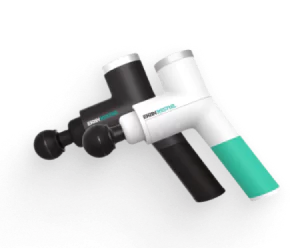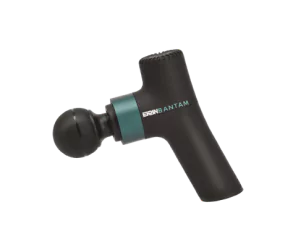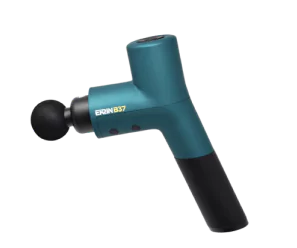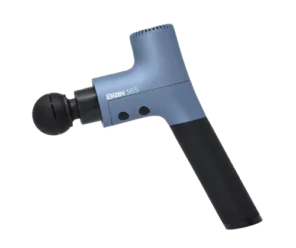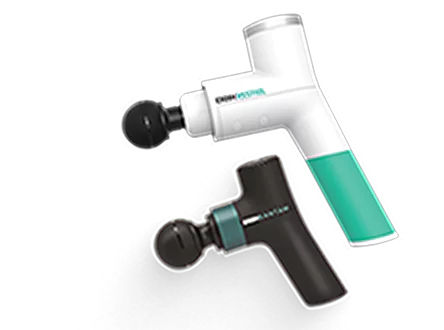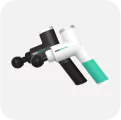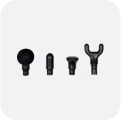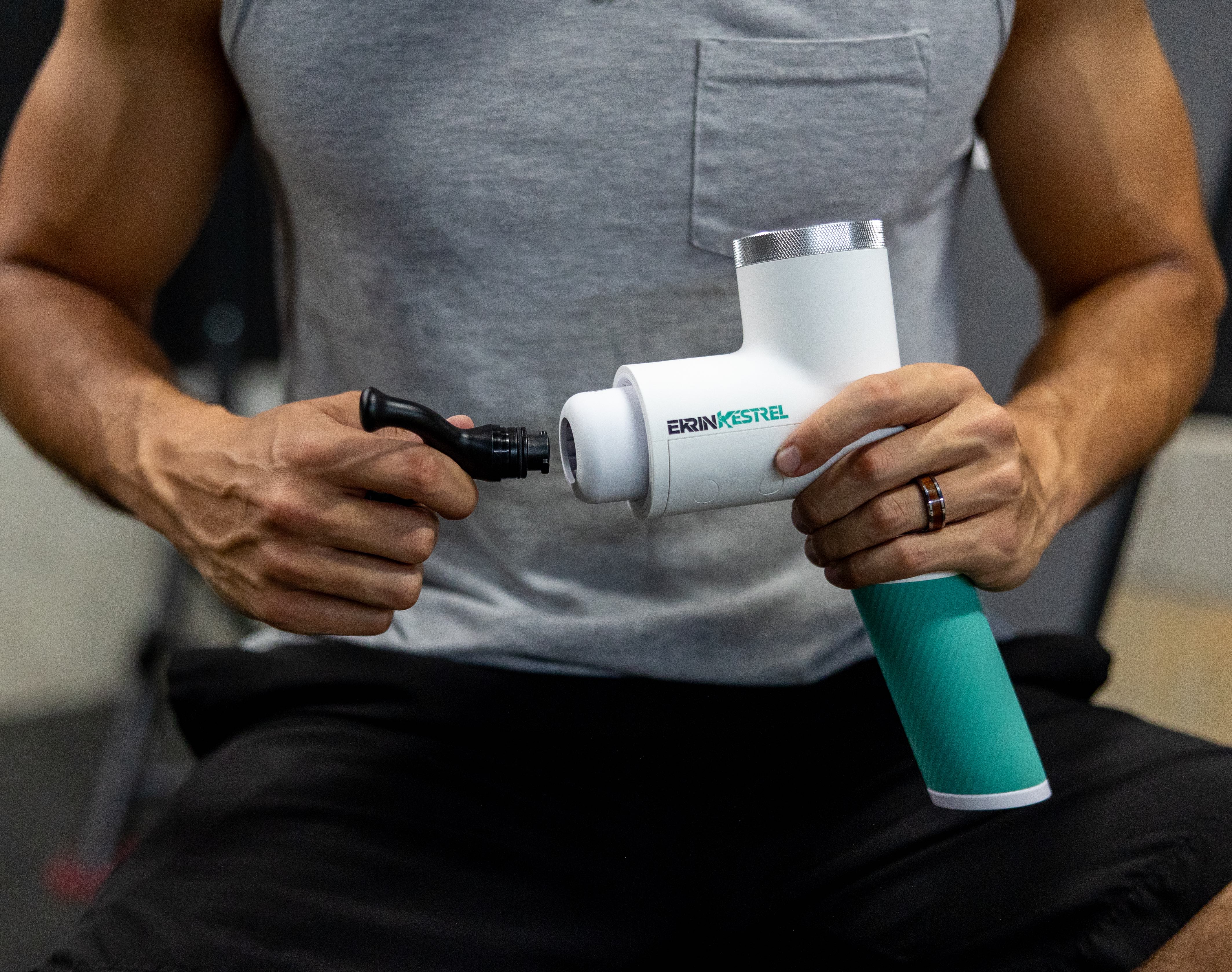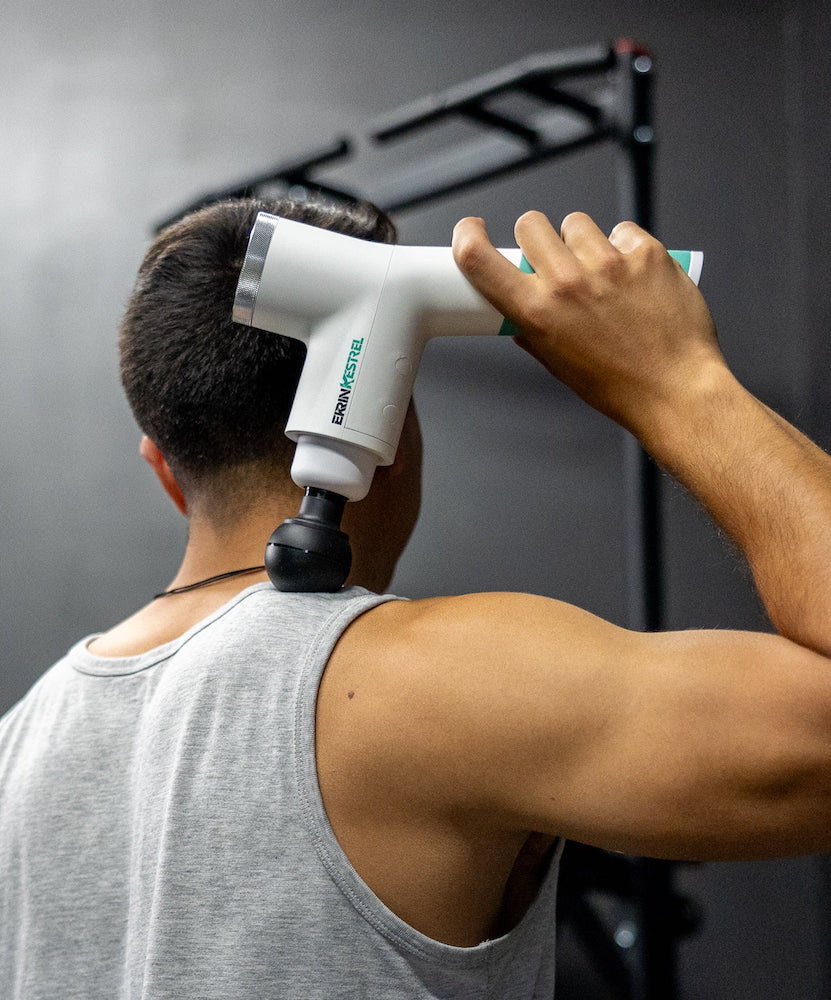Use these tips and tricks to become a super bendy human.
Flexibility: It’s an attribute characteristic of acrobats, gymnasts, and dancers, one many people think is reserved for those who need to be limber for day-to-day activities and requirements of the job.
However, flexibility is sort of a prerequisite for a life well-lived, even if you’re just an average Joe or Jolene. Consider these few questions:
- Do you have any nagging aches or pains you wish would go away?
- Do you want to be better at lifting weights, running, or doing your preferred form of physical activity?
- Do you want to have an easier time doing things around the house, such as putting together IKEA furniture—and then moving it around every time someone wants to rearrange?
- Do you want to reduce your risk of injury from physical activity or activities of daily living?
If you answered yes to one or more of those questions, you’d benefit from increasing your flexibility.
So ditch the idea that flexibility is only for the naturally bendy, and get to bending with these methods for becoming more flexible.
1. Static stretching
Static stretching is the type of activity that most people immediately picture when they think of flexibility training. This type of stretching involves holding a position for 10 to 60 seconds at a time, and then releasing to allow the muscle to return to its typical length.
In essence, static stretching temporarily puts your muscles in a lengthened position, and over time, repeatedly doing this will increase the muscle’s ability to stretch to that length without injury. Short term, static stretching can reduce muscle soreness and relieve muscle tension.
2. Dynamic stretching
In contrast to static stretching, dynamic stretching involves moving through a targeted range of motion for reps. For example, instead of holding a lunge stretch to open up your hip flexors, you might do 10 alternating lunges with a three-second pause in the bottom of each lunge.
This type of stretching emphasizes joint movement more than muscle movement, which is critical for range of motion (the ability of a joint to move through certain positions) versus just flexibility (the ability of a muscle to lengthen without injury).
Dynamic stretching is often performed as part of a warmup for a workout, whereas static stretching is generally performed after workouts as part of the cool down. Both types of stretching can be performed in isolation for flexibility training, or you can put together a routine of static and dynamic stretching.

3. Rotational movements
Your spine plays a huge role in your overall level of flexibility. The spine is responsible for the flexing, extending, rotating, and side-bending of your torso, so it affects almost every single movement you engage in. As such, increasing your ability to safely rotate your spine will result in better flexibility.
Seated spinal rotations in a chair or on the floor are a great way to get started. Other rotational movements for flexibility include windmills, Russian twists, and wood chops.
4. Muscle mashing
Finally, physically releasing tension from your muscles can temporarily improve your flexibility and, if done consistently, for the long term, too. Often, inflexibility or immobility stems from muscle knots, trigger points, and adhesions in fascia, the connective tissue that surrounds your muscles. Breaking up tightly compacted areas of tissue helps the muscles move through unrestricted ranges of motion.
You can mash your muscles in a few ways. Popular methods include foam rolling; trigger point therapy with a lacrosse ball or mobility stick; and percussive therapy. All of these methods have their benefits, but we’re partial to percussive therapy for the simple fact that it allows you to use technology to manipulate pressure levels, not just your own body.
With a percussive massage gun, you’re also able to treat more surface area in less time thanks to the rapid nature of the device. The good stuff doesn’t stop there, though: Read about the science behind percussive therapy and how far-reaching the benefits are.
